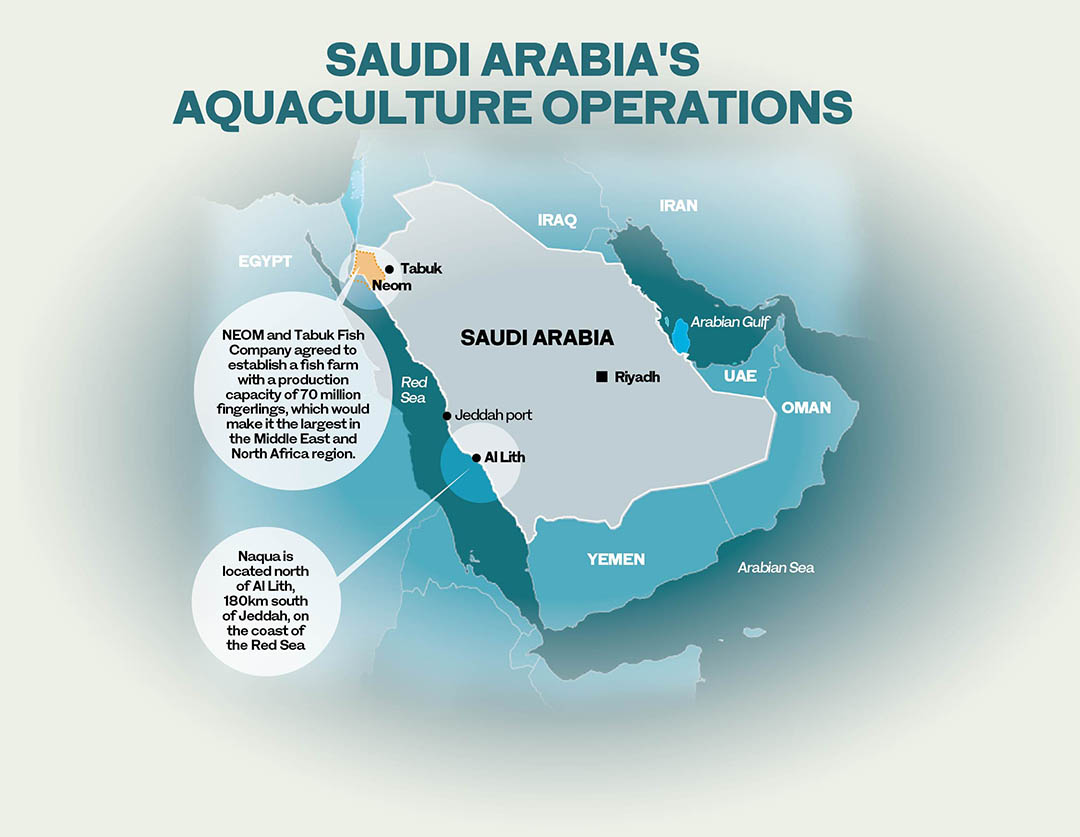DUBAI: The central question for fishing firms and policymakers when they meet in Riyadh on Sunday, is how to boost the amount of seafood the Kingdom draws from its 2,400 km coast fivefold by the end of the decade?
Saudi Arabia’s Vision 2030 plan to diversify the economy targets 600,000 tons per year of fish drawn from its Red Sea and Gulf coastline, generating SR17 billion ($4.3 billion) in sales and creating 200,000 jobs.
Delegates at the Saudi International Marine Exhibition and Conference at the Hilton Riyadh Hotel from Jan. 30 to Feb. 1 are tasked with shaping this plan.
The event sponsored by the Kingdom’s Ministry of Environment, Water, and Agriculture will host meetings with ministers from China, Denmark, Norway, and other Arab countries as it seeks to attract $5 billion from local and international investors by the end of the decade.

The director-general of the UN’s Food and Agriculture Organization will also attend the event.
The conference website says: “The extensive Red Sea coastline, with its pristine waters and favorable environmental conditions, is considered a largely unexploited goldmine in terms of its marine resources and capacity for aquaculture production.
“Properly and sustainably managed, it could provide high-quality nutritional seafood products to the domestic and wider international markets.”
Domestic demand for fish in the Kingdom is around 282,000 tons annually, the organizers said, using 15,000 fishing boats and over 30,000 workers.
But domestic fishing accounts for around just 140,000 tons of that annual haul, according to government figures.
This means most of the Kingdom’s seafood comes from abroad.
Processed shrimps, lobsters, caviar, and cuttlefish are mainly imported from Korea, Thailand, the Philippines, India, Pakistan, Bangladesh, Hong Kong, Taiwan, and Argentina, according to data group Research and Markets.
The National Fisheries Development Program, the Saudi government’s executive arm of its Vision 2030 fisheries policy will co-host the event.
Its job is to take care of the domestic expansion of the industry, by funding startups, establishing alliances with international partners, and encouraging the adoption of state-of-the-art cultivation methods.
One of the topics at the conference is: ‘What is the global aquaculture outlook?’ However, it looks, Saudi delegates will want to ensure that the Kingdom has a bigger share of it.
















